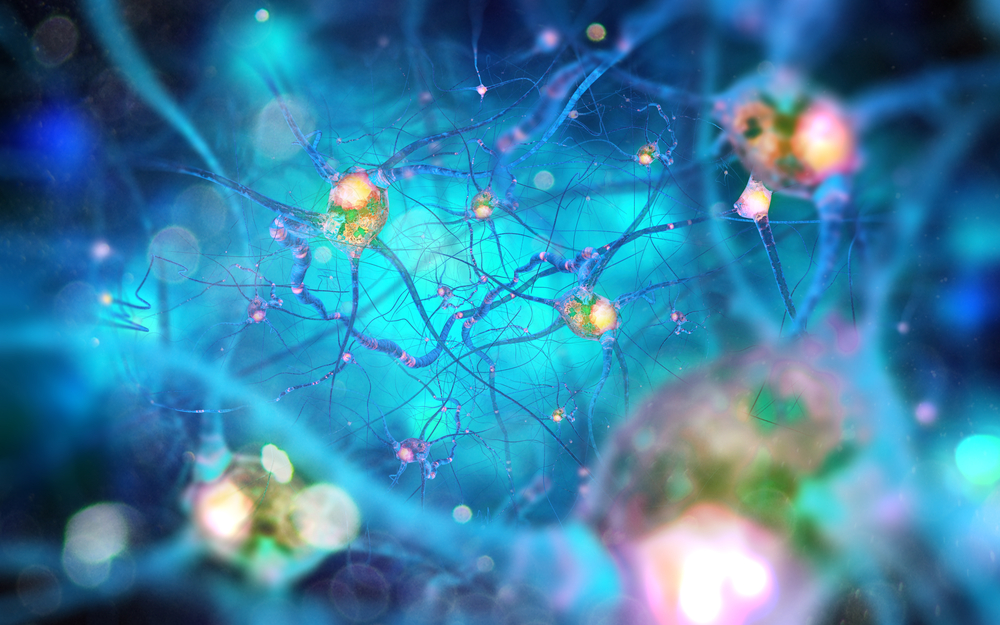FAIM Protein Prevents, Reverses Mutant SOD1 Clumping, Study Shows

A molecule that prevents cell death was able to prevent and reverse clumping of a mutant form of the protein superoxide dismutase 1 (SOD1) — the underlying cause of some familial amyotrophic lateral sclerosis (ALS) cases.
The study with that finding, “FAIM Opposes Aggregation of Mutant SOD1 That Typifies Some Forms of Familial Amyotrophic Lateral Sclerosis,” was published in the journal Frontiers in Neuroscience.
The results support further research to determine whether the molecule, called FAIM (fas apoptosis inhibitory molecule), can affect the course of ALS and other diseases caused by protein aggregation.
ALS is characterized by the build-up of toxic protein aggregates in the brain or spinal cord, resulting in motor neuron degeneration. Up to 20% of inherited ALS cases are caused by mutations in the gene that provides instructions for making the SOD1 protein, which are thought to trigger protein aggregation.
The FAIM has been shown to protect against programmed cell death (apoptosis) in a variety of cells, including immune cells and neurons. Further research found that loss of the FAIM was linked to increased levels of protein aggregation in cell lines and animal models.
These findings raised the possibility that the FAIM may act directly on defective proteins that clump together and form toxic aggregates.
To find out, a team of researchers at the Western Michigan University Homer Stryker M.D. School of Medicine, examined the effects of the FAIM on a mutant form of SOD1 (SOD1-G93A) that spontaneously forms aggregates and is implicated in familial ALS.
A cell-based test was conducted to confirm the effects of deleting the FAIM from cells that produce mutant SOD1-G93A. The results showed that the fraction of cells producing aggregated SOD1 mutant was significantly higher in the FAIM-deficient cell populations compared to cells with FAIM. The FAIM-deficient cells also had much higher levels of aggregated protein.
According to the authors, “These results demonstrate the essential role of FAIM in blocking formation of mutant SOD1 aggregates.”
A cell-free test was then used to find out if the FAIM directly affected mutant SOD1 aggregation. The team monitored the aggregation of purified mutant SOD1 over time and found that, while the mutant protein formed aggregates, presence of the FAIM largely prevented their formation. In contrast, normal SOD1 did not aggregate and was unaffected by the FAIM.
Finally, the team used preformed protein aggregates of SOD1-G93A to demonstrate that FAIM was able to disassemble the mutant aggregates leading to fully soluble SOD1 protein.
“In sum, we report here a previously unknown activity of FAIM that opposes ALS disease-related protein aggregation and promotes proteostasis [normal protein production] of an aggregation-prone ALS protein,” the scientists concluded.






